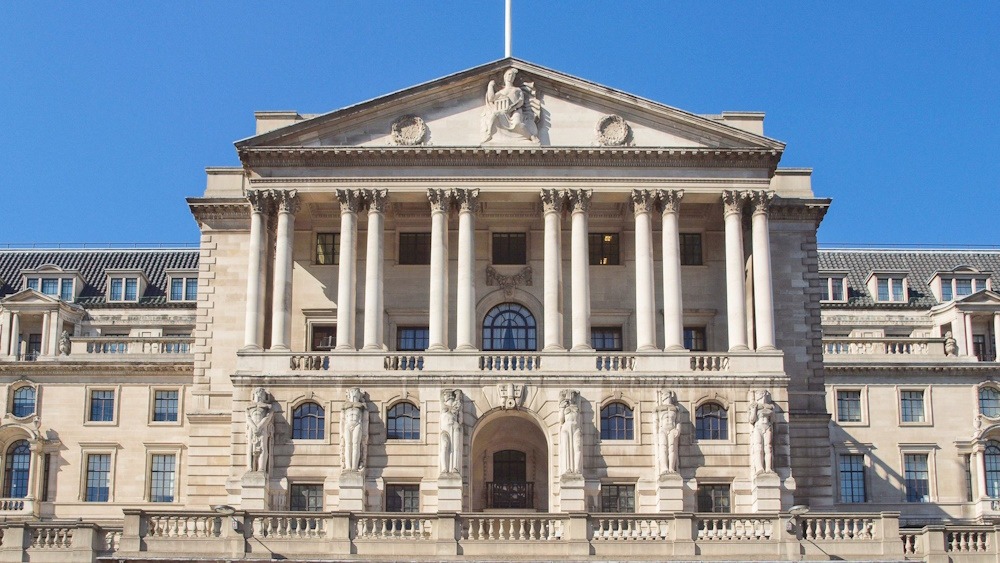
Britain’s FTSE 100 concluded the trading session on Friday with a decline, primarily influenced by the performance of energy and banking sectors, as investors evaluated both domestic and U.S. economic indicators. The blue-chip FTSE 100 was 0.1% lower on the day but ended the week marginally higher. The domestically focused FTSE 250 closed 0.5% higher, yet it recorded its second consecutive weekly decline.
- In the market, the homebuilders’ index rose, led by Berkeley, up 3% after reaffirming its profit forecast for fiscal years 2026 and 2027.
- Peers Vistry, Persimmon, Taylor Wimpey, and Barratt Redrow also advanced.
- Precious metal miners rose, tracking higher gold prices, while industrial miners increased in response to rising copper prices.
- Conversely, energy stocks fell 2.4% and weighed on the FTSE 100, with giants Shell down 2.2% and BP down 2.6%, respectively.
- Heavyweight bank stocks fell, with top lenders HSBC, NatWest, Barclays, and Lloyds among the biggest laggards on the benchmark index.
- Non-life insurers fell, dragged by Admiral Group’s 2.9% decline, the top loser on FTSE 100, after Peel Hunt downgraded the stock to “sell” from “reduce”.
- In other developments, Entain experienced a rise of 3.3%, leading the FTSE 100, following Jefferies’ adjustment of its price target for the betting company.
- Ashmore opens new tab fell 4.3% after the asset manager reported lower-than-expected fee revenue and a dip in profit in its annual results.
Concerns regarding Britain’s financial stability and the government’s capacity to manage these issues impacted the markets earlier this week, momentarily pushing yields on long-dated government bonds to a 27-year peak. Investors remain engaged in speculation regarding potential tax increases that may hinder economic growth, as Britain prepares to unveil its budget on November 26. In terms of economic indicators, retail sales experienced a greater-than-anticipated increase in July.
In the U.S., data indicated a significant decline in job growth during August, accompanied by an increase in the unemployment rate to 4.3%. This development underscores the softening of labor market conditions and strengthens the argument for a potential interest-rate cut by the Federal Reserve this month.
